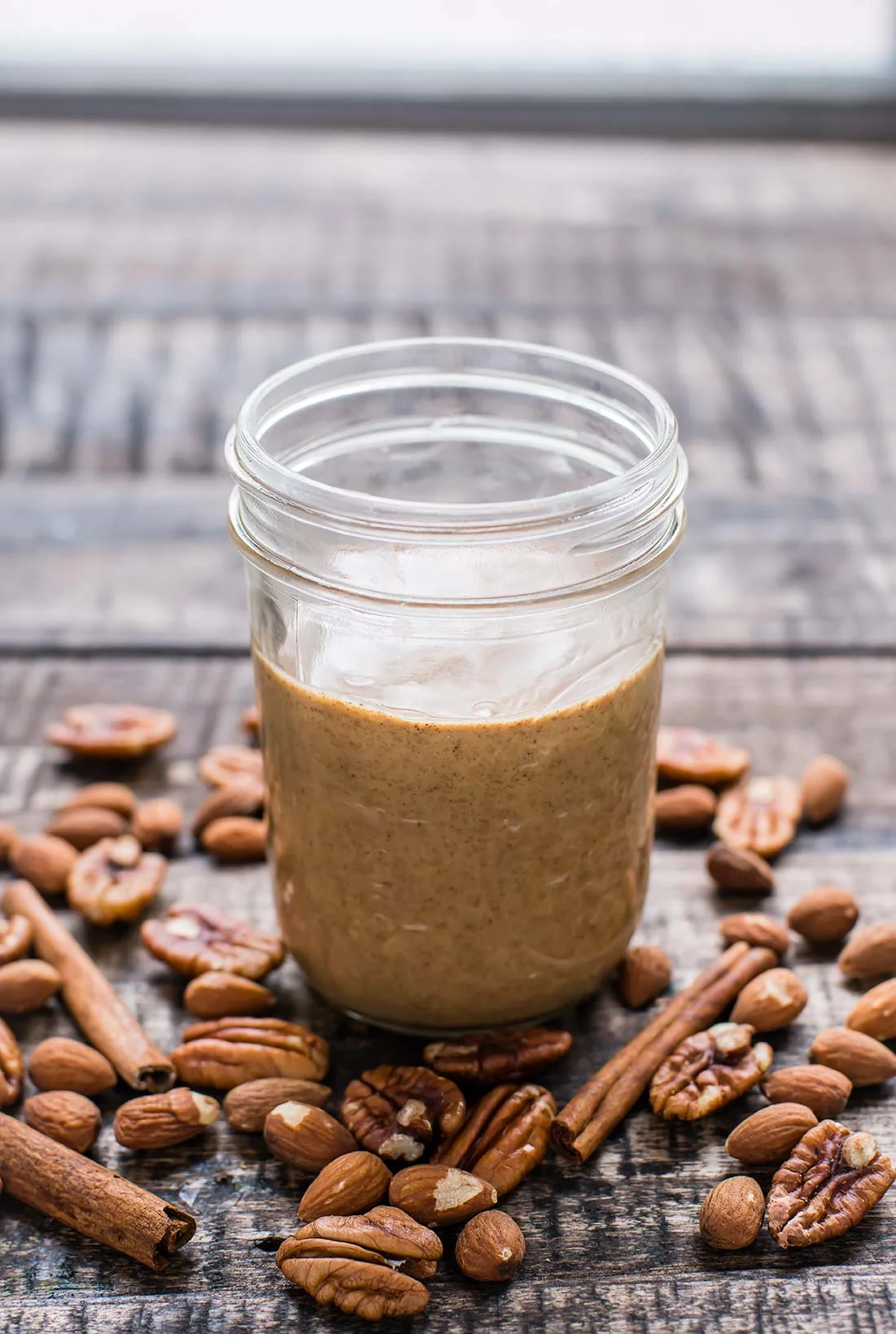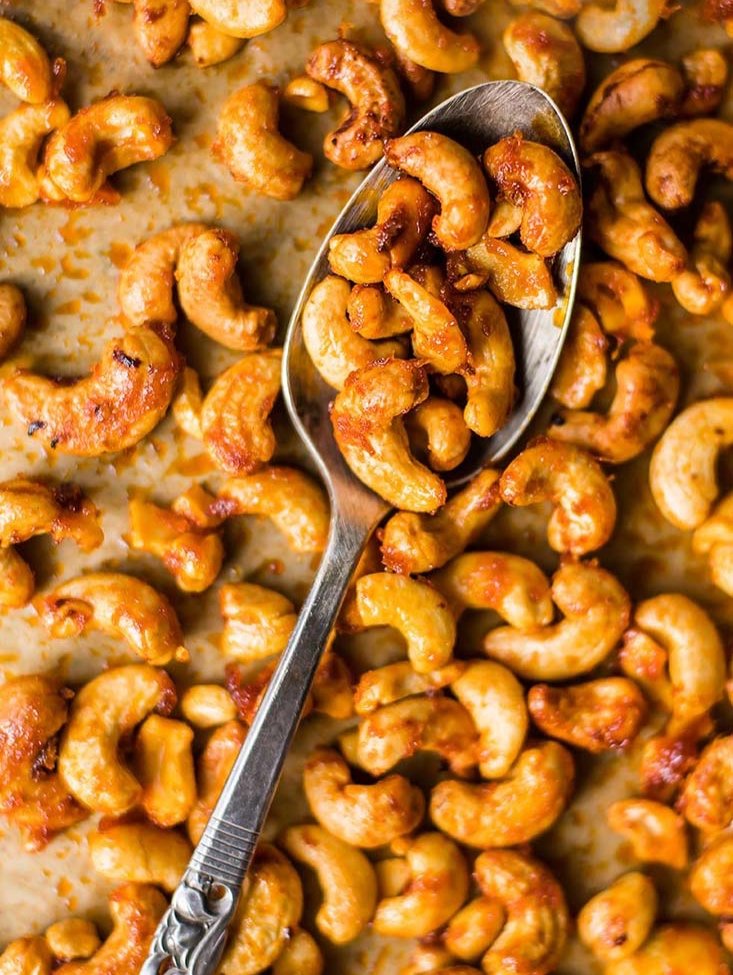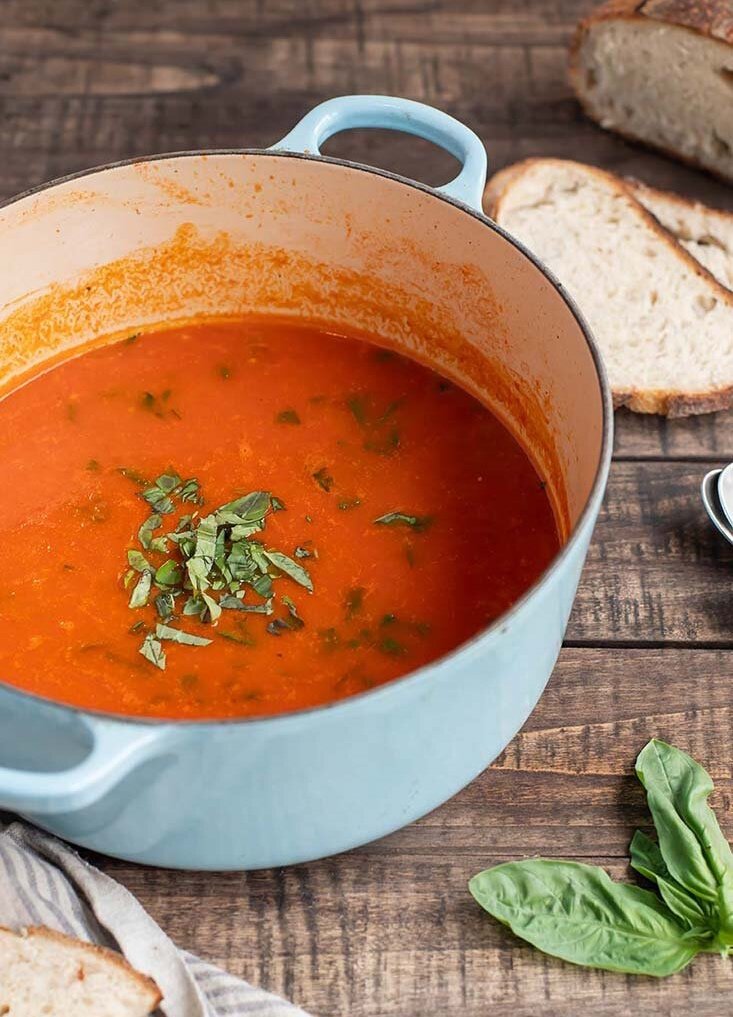Cinnamon Pecan Almond Butter
/Almonds, pecans, and a dash of cinnamon. That's it: three ingredients is all you need to make this lusciously smooth nut butter, one that is far superior than anything you'll find in a store. And it's not just superior because you're left with a victorious sense of "I made that!" ... it's seriously creamy, with a flavor that leaves you wanting the whole jar for dessert.
Some almond butters are thick: they stick to the top of your mouth and clump up when spread on toast. This is not one of those almond butters. Thanks to the addition of pecans, which are naturally buttery, this almond butter is smooth and creamy.
Pecans have a natural sweetness which sometimes tastes a bit like caramel to me.
That caramelly taste is paired perfectly with a touch of cinnamon -- which is also naturally sweet - and the whole trio goes amazing well on a sliced apple (the combo is reminiscent of apple pie), a banana (I have long had "caramel banana crepes" on my list of recipes to create, but spreading nut butter on a banana is far easier), toast, oatmeal...I could go on... and don't forget straight from a spoon!
And the magic is all in those pecans.
So why even bother with adding almonds? Well, they're cheaper for one. And that texture we were talking about before actually helps out here: pecan butter can be a runny when it's just pecans. Almonds balance that out.
So, there you have it: dreamy, creamy, caramelly cinnamon pecan almond butter. Eat up!
Cinnamon Pecan Almond Butter
Yields: ~1-1/2 cups nut butter | Total Time: 20 minutes
Ingredients:
Directions:
- Preheat oven to 350°F. Spread pecans and almonds out in a single layer on a sheet pan, and place in oven for about 5 minutes, until nuts are fragrant and golden. Side aside to cool for about 15 minutes.
- Place nuts and cinnamon in a high-powered blender. I use a Blendtec with the Twister Jar because the lid also scrapes the sides as you go. Place lid on blender and blend on high (or work your way up to speed 10), blending for a minute at a time, and then turning the blender off to scrape the sides. Repeat this process until the nut butter is smooth and velvety. Note: If you place the nuts in while they are still hot, they will get even hotter in the blender — you may see steam in the blender. If you do, let the nut butter cool off before you taste it to avoid burning your tongue!
- Scrape nut butter into a jar with an air-tight lid. Great on apples, bananas, toast, or by the spoonful!






















